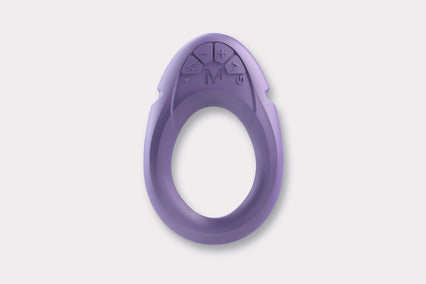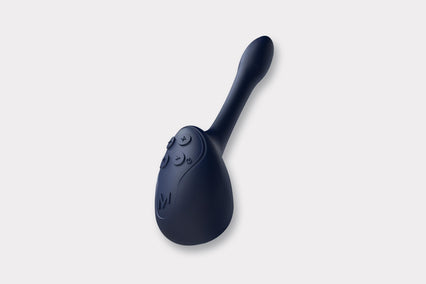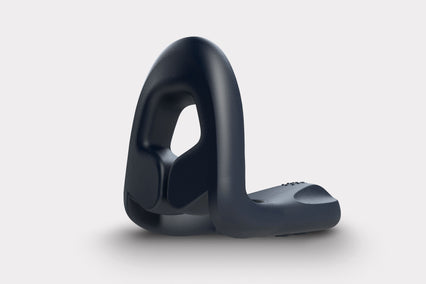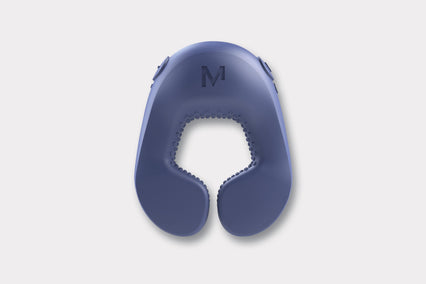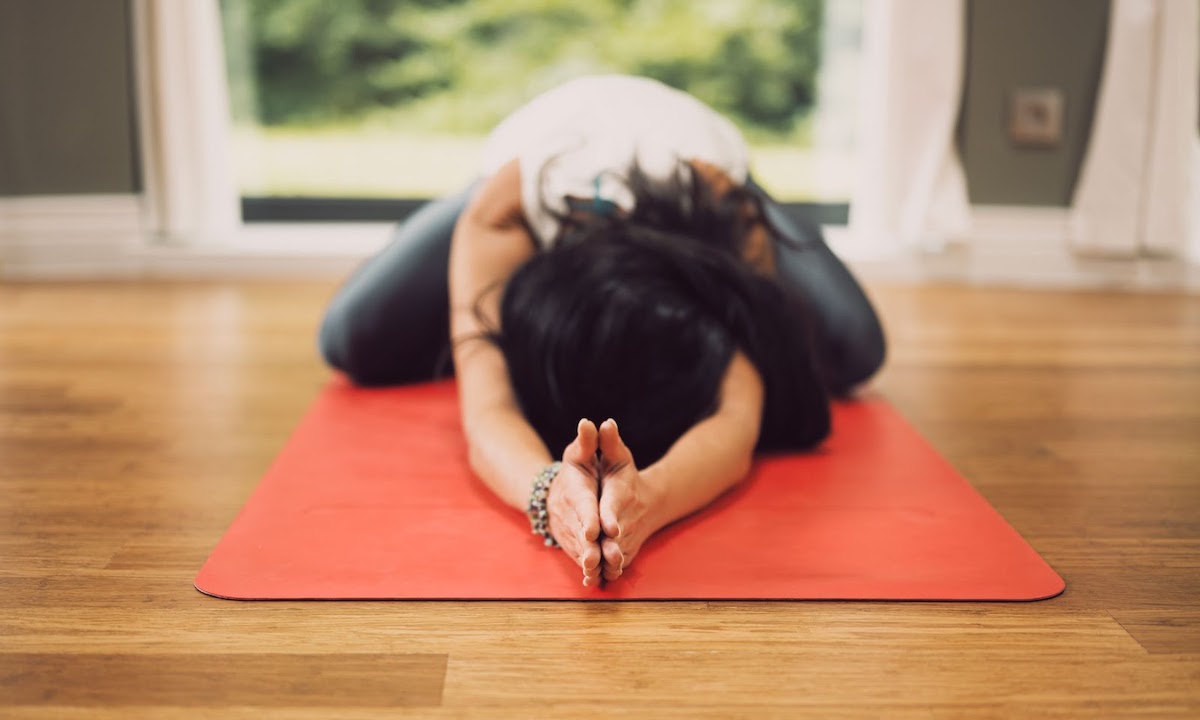The pelvic floor is a layer of core muscles that sits like a hammock between your pubic bone and your coccyx, supporting your core and keeping all your pelvic organs where you want them.
Like any muscle, the pelvic floor needs a regular workout to avoid any problems, and to maintain pelvic health many people do kegel exercises. But for people with tight pelvic floor muscles, Kegels can further overwork the muscles causing a hypertonic pelvic floor - making it even tenser.
There is no singular reason for tight pelvic floor muscles, just a few possible causes are high levels of stress, fear or anxiety that can cause your pelvic floor muscles to reflexively tighten. People who have a history of holding in their bladder may also experience this as your pelvic floor muscles tighten to prevent this loss of control. Whatever the reason for a tight pelvic floor there are signs you should look out for.
Signs you need to relax your pelvic floor
- Chronic persistent pelvic pain
- Feeling you haven’t emptied your bladder
- Pain during sex
- Lack of libido
- Lower back pain
- Straining when emptying bowels
How to relax your pelvic floor muscles
The first thing you should do is check with your doctor or gynecologist that there aren’t any underlying medical conditions. Once you are certain it is an overactive pelvic floor, or a hypertonic pelvic floor, there are plenty of exercises and breathing techniques that can help relax and stretch to restore balance. Pelvic physical therapy largely focuses on relaxing the muscles around the pelvic area, often with internal and external treatment.
These exercises can take some real concentration so put some time aside to quietly focus. Once you are more confident you will find it easier to do different positions, not just ones that require you to lie down.
Abdominal breathing
Diaphragmatic breathing exercises, commonly referred to as belly breathing can help relax your pelvic floor muscles, as it fully involves your abdominal muscles and diaphragm. You should practice this exercise daily for best results as the more you practice the relaxation techniques the easier it will be for you to do.
You can practice abdominal breathing with these 4 easy steps:
- Lie down on your back with a pillow under your head, knees bent and feet flat on the floor
- Breathe in deeply through the nose and feel your stomach rise. Place your hands on your stomach to feel this wait 4-5 seconds to keep your shoulders relaxed and your ribcage soft.
- Consciously relax your tummy downward and relax your pelvic floor muscles from front to back as if you are passing urine
- Then sigh the breath out
Use medical devices & pelvic floor aids
For those with hypertonic pelvic floors, Crescendo 2 is a clinically studied option for helping relax the pelvic floor and ease pelvic discomfort. Crescendo 2 is an FDA-registered, doctor-recommended medical device designed to help with pelvic pain and penetration disorder. It uses powerful vibrational therapy from 6 anatomically distributed motors to relax and release the pelvic floor muscles. Many pelvic floor therapists recommend Crescendo 2 in addition to prescribed pelvic floor therapy to help relax the pelvic floor.
Additionally, for those who prefer an external pelvic floor device, kGoal's Boost is a pelvic floor downtrainer that's designed to help strengthen the pelvic floor muscles and relax them through a unique combination of exercise tracking and biofeedback. Downtraining is an important, albeit, overlooked element of pelvic health that both men and women can benefit from.

Stretching positions
A lot of yoga positions can help you relax your pelvic floor, with exercises usually stretching the abdomen, thighs, and buttocks.
Positions such as:
Child’s pose
A beginner’s yoga position that involves spreading your knees wide on your may then letting your belly rest between your thighs and your forehead on the floor. This stretches the thighs and helps relax the body.
Happy baby
Whereby you lie on your back and bring your knees to your chest, stretch your legs outward and hold your feet. This yoga position is a gentle stretch and relaxation technique that can help open up the hips.
Yogi squat
Keep your spine straight and your shoulders down, then squat and hold it as close to the floor as possible. This opens up your hips forcing you to relax your pelvic floor muscles.
Takeaway
Pelvic floor tension can affect more than you realize, from everyday comfort to how you feel during sex. But relaxing those muscles doesn’t have to be complicated. A bit of breathwork, body awareness, and the right tools can make a big difference.
Crescendo 2 makes it easier. This doctor-recommended vibrator bends to your body and helps release tension in hard-to-reach muscles with gentle, targeted vibrations. It’s a simple, non-invasive way to feel more comfortable in and out of the bedroom.



